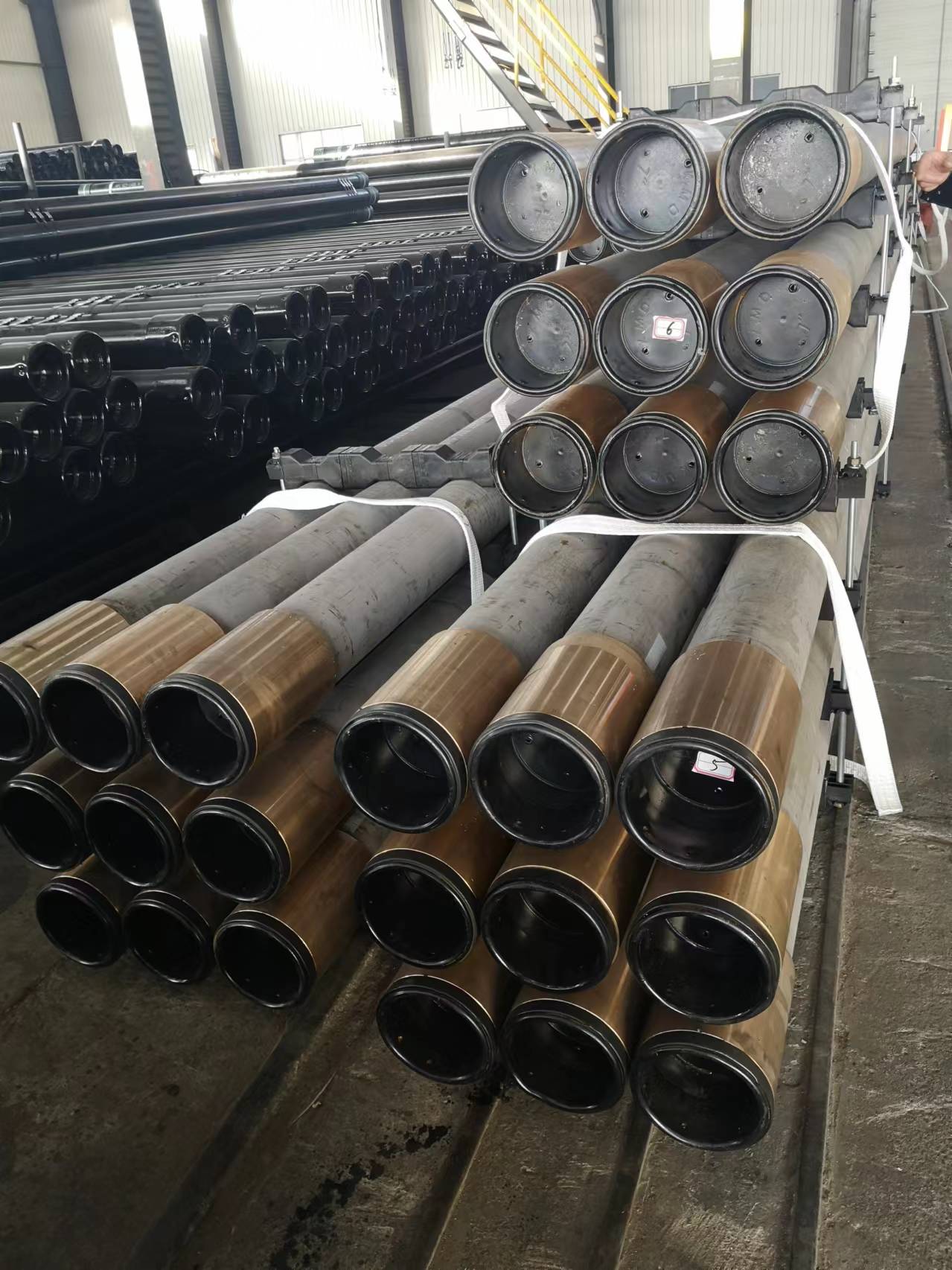- Afrikaans
- Albanian
- Amharic
- Arabic
- Armenian
- Azerbaijani
- Basque
- Belarusian
- Bengali
- Bosnian
- Bulgarian
- Catalan
- Cebuano
- Corsican
- Croatian
- Czech
- Danish
- Dutch
- English
- Esperanto
- Estonian
- Finnish
- French
- Frisian
- Galician
- Georgian
- German
- Greek
- Gujarati
- Haitian Creole
- hausa
- hawaiian
- Hebrew
- Hindi
- Miao
- Hungarian
- Icelandic
- igbo
- Indonesian
- irish
- Italian
- Japanese
- Javanese
- Kannada
- kazakh
- Khmer
- Rwandese
- Korean
- Kurdish
- Kyrgyz
- Lao
- Latin
- Latvian
- Lithuanian
- Luxembourgish
- Macedonian
- Malgashi
- Malay
- Malayalam
- Maltese
- Maori
- Marathi
- Mongolian
- Myanmar
- Nepali
- Norwegian
- Norwegian
- Occitan
- Pashto
- Persian
- Polish
- Portuguese
- Punjabi
- Romanian
- Russian
- Samoan
- Scottish Gaelic
- Serbian
- Sesotho
- Shona
- Sindhi
- Sinhala
- Slovak
- Slovenian
- Somali
- Spanish
- Sundanese
- Swahili
- Swedish
- Tagalog
- Tajik
- Tamil
- Tatar
- Telugu
- Thai
- Turkish
- Turkmen
- Ukrainian
- Urdu
- Uighur
- Uzbek
- Vietnamese
- Welsh
- Bantu
- Yiddish
- Yoruba
- Zulu
Exploring the Importance of Coupling and Casing in Engineering Applications and Design Considerations
Understanding Coupling Casing An Essential Element in Oil and Gas Industry
Coupling casing, a term frequently encountered in the oil and gas sector, plays a crucial role in the structural integrity of wells. As industries continue to explore deeper and more complex reservoirs, the importance of coupling casing becomes increasingly significant. This article aims to shed light on what coupling casing is, its types, applications, and the technology behind it.
What is Coupling Casing?
At its core, coupling casing refers to the cylindrical pipes used to maintain the stability of a wellbore during drilling operations. These pipes are installed into the drilled hole to prevent the collapse of the walls and to isolate different geological formations encountered. The coupling component is essential as it connects individual casing pipes together to create a unified and secure well infrastructure.
Types of Coupling Casing
There are primarily two types of casing used in the oil and gas industry surface casing and production casing.
1. Surface Casing This is the first casing string set in the well. It extends from the surface to a predetermined depth, supporting the upper section of the well and providing protection against shallow aquifers and other formations that could compromise the integrity of the well.
2. Production Casing Set below the surface casing, the production casing is designed to withstand high pressures and temperatures encountered during the extraction process. It is vital for production operations, allowing hydrocarbons to flow to the surface while ensuring the safety and stability of the well.
Additionally, various coupling designs exist, including threaded couplings and welded couplings. Threaded couplings allow for easier installation and disassembly, which can be vital during maintenance operations. On the other hand, welded couplings provide a stronger connection that can better withstand extreme underground conditions.
coupling casing

Applications of Coupling Casing
The applications of coupling casing are wide-ranging. In oil and gas exploration, coupling casings serve as a barrier, preventing the influx of water and other fluids that can compromise well integrity. Moreover, they help to control pressure and isolate different production zones within the well, enabling efficient extraction of hydrocarbons.
Coupling casing is also used in geothermal energy production, where high temperatures and pressures are encountered. In this context, a robust casing design is imperative to ensure the well can safely and effectively harness geothermal resources.
Technological Advances in Coupling Casing
The evolution of technology has significantly enhanced coupling casing performance. Advances in materials science have introduced high-strength alloys and composite materials, which provide better durability and resistance against corrosion. Additionally, the use of advanced manufacturing techniques, such as computer numerical control (CNC) machining, has improved the precision and reliability of coupling components.
Furthermore, innovations in monitoring technologies have enabled real-time tracking of the casing's condition. Sensors can detect pressure changes, stress, and potential failures, allowing for proactive measures to be taken before catastrophic issues arise.
Conclusion
In summary, coupling casing is an indispensable component of the oil and gas industry, ensuring the safety and efficiency of drilling operations. As exploration techniques advance and the demand for hydrocarbons continues, understanding and optimizing coupling casing technology will remain critical. With ongoing innovations in materials and monitoring systems, the future of coupling casing looks promising, paving the way for safer and more effective extraction methods in various energy sectors.
-
Tubing Pup Joints: Essential Components for Oil and Gas OperationsNewsJul.10,2025
-
Pup Joints: Essential Components for Reliable Drilling OperationsNewsJul.10,2025
-
Pipe Couplings: Connecting Your World EfficientlyNewsJul.10,2025
-
Mastering Oilfield Operations with Quality Tubing and CasingNewsJul.10,2025
-
High-Quality Casing Couplings for Every NeedNewsJul.10,2025
-
Boost Your Drilling Efficiency with Premium Crossover Tools & Seating NipplesNewsJul.10,2025







